Who is Superman to me?
How many of us can remember being seven years old and sitting in front of a big box television enjoying a video playback of Christopher Reeve running across the street towards camera opening his shirt to reveal that red-and-yellow emblem with the billowing John Williams score?
How about waking up on Saturday morning and tuning in to ABC for the latest episode of Superfriends or Challenge of the Legendary Super Powers?
Or what about during the days of the WB watching Tom Welling speed through a small town to face off against another meteor freak of the week?
Do any of these scenarios seem familiar?
No, I have not excluded Henry Cavill or Zack Snyder films. I will get to those later. What I’m trying to get across is my experience as a Superman fan. The Man of Steel has been one of the prominent literary figures in my life from the time I could form cognitive thought. I have seen dozens of incarnations of Jerry Siegel and Joe Shuster‘s creation, which heralded the Golden Age of comics. Hell, he is the first superhero every artist thinks of when they sit in front of that forty-five-degree-angled table ready to create a character that either emulates him or stands apart.
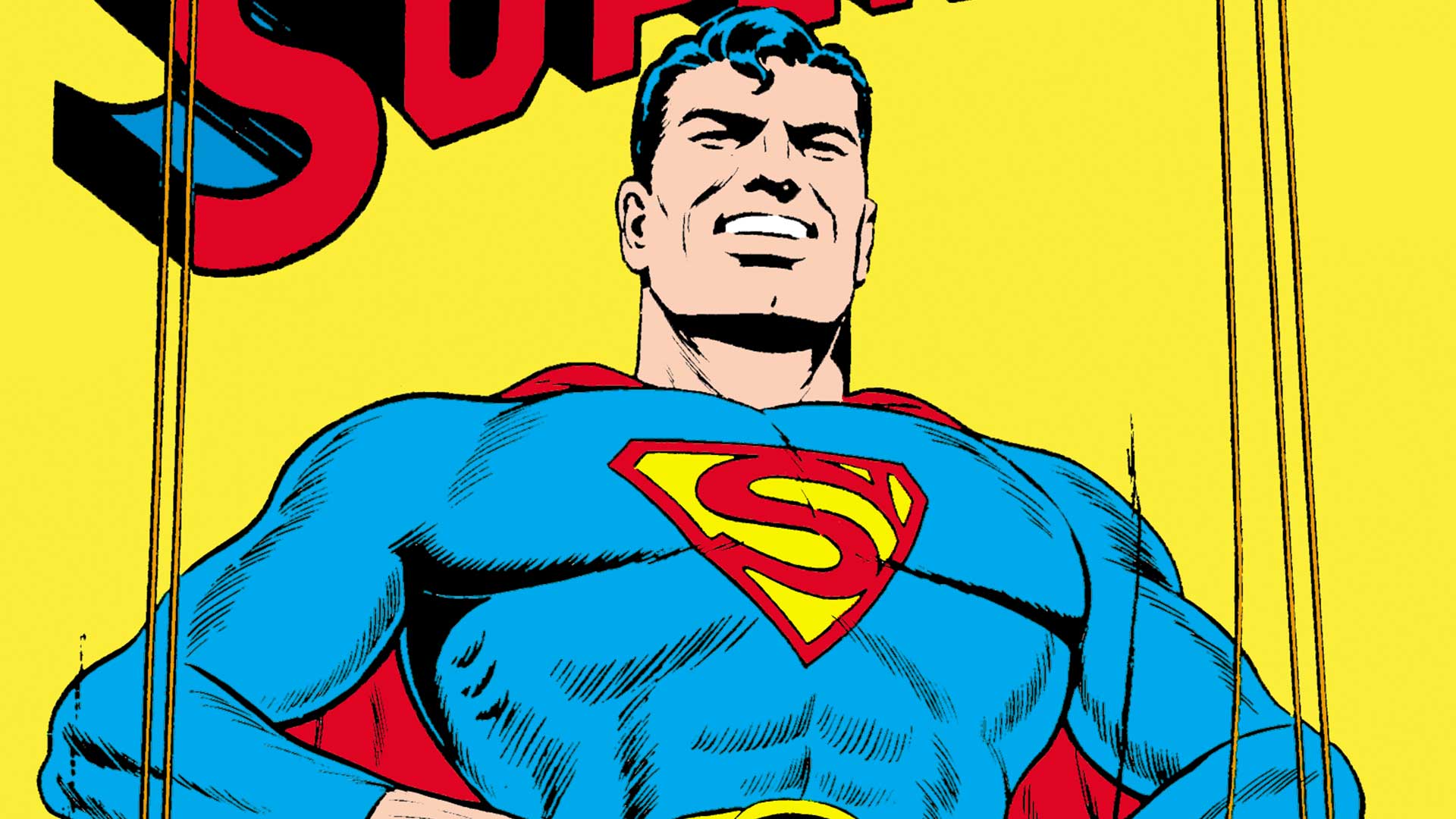
So the question is, who is Superman to me?
This character has become very multifaceted and yet is still easy to understand after 80 years of existence. He is, first and foremost, an immigrant. His story is both unique and universal and can draw on biblical connotations just on its familiarity. The last son of a dying race sent across the sea to be raised by a loving family and a strong moral code. And further, realizing his potential, decides to become a beacon of hope wearing the standard of his natural heritage, yet balanced by his earthly upbringing. Without using the name or describing the infamous powers and abilities far beyond those of mortal man, anybody gets it. Anybody upon hearing that story, in such a generic composition, instantly think Superman.
Created by both a Canadian born artist and an American born writer based in Ohio, he was already international in origin. These two boys channeled their love of Greek mythology, science-fiction, swashbuckling adventure, and elements of the circus strongmen (regarding his uniform) into a perfectly balanced protagonist that stood out from the rest, 1,000 issues ago in Action Comics #1. They even successfully conceived of the notion of the dual identity. And, from a character standpoint, it showed him to be humble in nature; his powers and superhero persona were only one aspect of his life, while he retains the name and background his adoptive parents had given him. That enables him to blend in with the people he had sworn to protect because he does not see himself as above them, but rather one of them. One of us.
Yes, there was a 20-year period where it seemed that he was more Kal-El than Clark Kent, but it took modern writers such as John Byrne, Dan Jurgens, and Geoff Johns to straighten out that identity crisis and make him more relatable. And yes there was a time that we felt that nothing new could be done with the character…until the decision was made to kill him in 1993. It was in that instance that the entire world stopped. Even Entertainment Tonight covered this monumental tale entitled “The Death of Superman.”
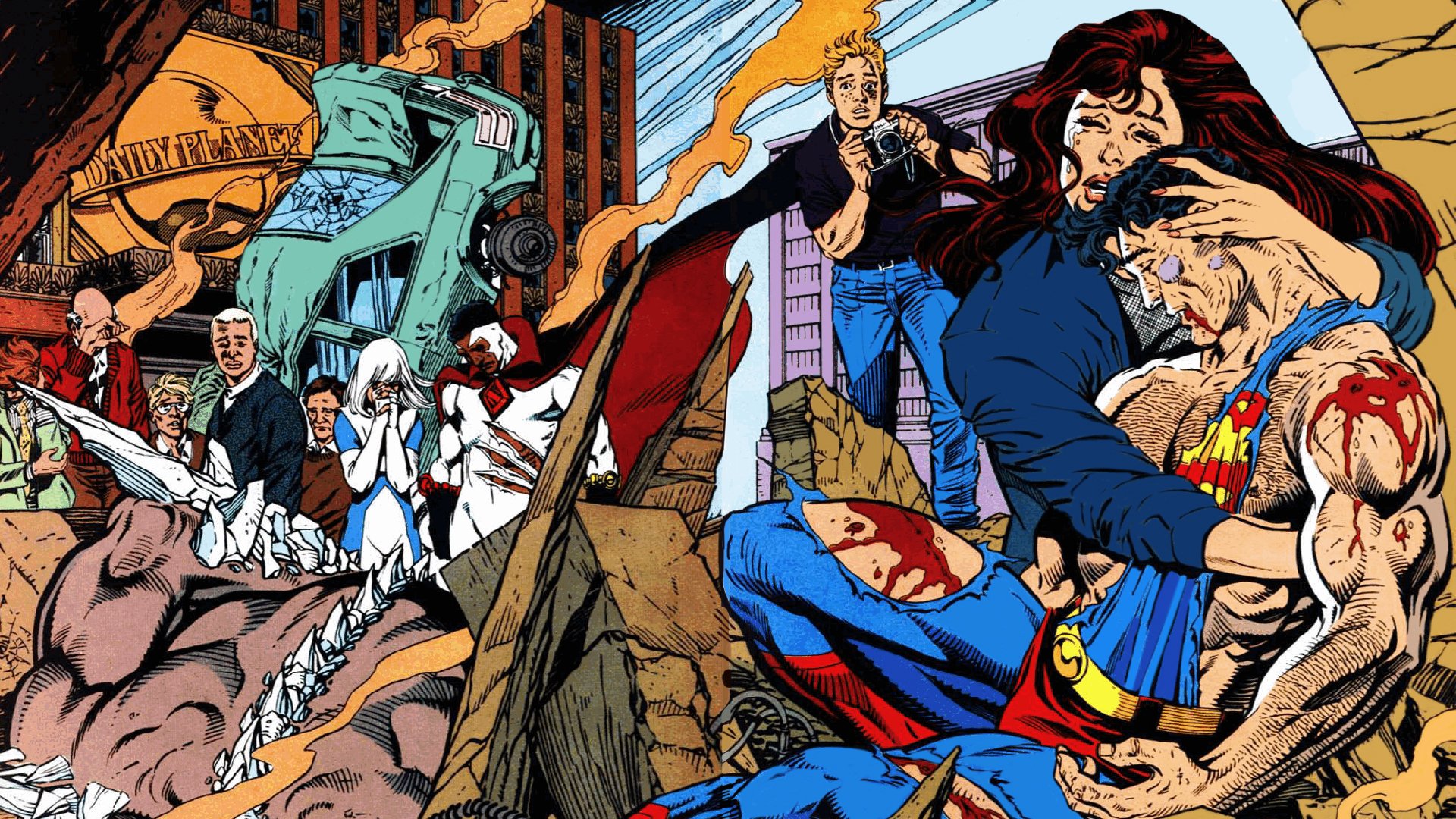
That epic story, told in Superman #75, was a splash-by-splash slugfest of the hero we’d grown up with putting Doomsday down while taking a similar mortal blow himself. That foldout of Clark first being cradled in Lois’ arms, then falling back in death with Lois and Jimmy inconsolable was heartbreaking. It was in that story that the world was reminded of how much the hero meant to so many. It was as if someone actually living had passed on. It was a moment that was epic enough to start my then 12-year-old younger brother collecting the comics afterwards. As we both read the issues and got caught up on back issues, we learned how DC had made the man more of the focus than the cape. They continued this motif following Superman’s return a year later in the best ways possible (Wasn’t a fan of the mullet, by the way).
I can remember a storyline entitled “The Death of Clark Kent” when a childhood friend-turned-enemy had deduced the truth, putting all of Clark’s friends and family in jeopardy. There was actually a point where Lois tried to make Clark consider deflating this threat by revealing the secret under his own terms through a story published by the Daily planet. Clark refused because, as he worded it, his civilian life and his career in journalism would be over. He would never get a legitimate, unbiased review of his stories if they knew that superman had written them. This added another layer of verisimilitude; his job as an investigative reporter was not just to pass time until it was time to check into the nearest phone booth. This was his livelihood and his passion. They even wrote in To Kill A Mockingbird as his favorite novel.
And please note that I am referring to him as Clark rather than Superman. To me, it’s in that order; he is Clark first and Superman second. In fact, I apply the approach to all of my favorite heroes because it makes them feel more real. And I know it’s not just me, otherwise people wouldn’t be reading these stories or continuing to write them. And that is a result of good, solid storytelling that connects with the audience.
That approach was adapted to the 1996 animated series, where Superman finally had a different voice that was believable and down to earth. Thank God for Tim Daly. Like Reeve, he brought a sense of realism and gravitas to the role that became farcical during the Dean Cain years on ABC’s Lois And Clark: The New Adventures of Superman. (“Great Ceasar’s Ghost!” replaced with “Great shades of Elvis?” Really, guys?) Despite the decision to adapt the streamlined character designs of the infamous 1940’s Max Fleischer shorts, it had solid storytelling, a voice cast that provided authentic performances, and episodes that felt as timeless as its predecessor, Batman: The Animated Series. And those very timeless episodes focused on character development.
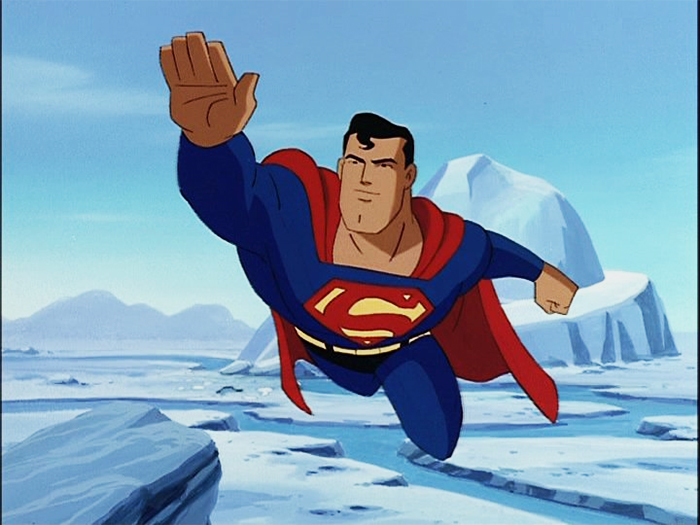
One of the best examples is the episode entitled “The Late Mr. Kent,” in which Clark – investigating the case of a wrongfully convicted felon on death row – was believed to have been killed in a car bomb with witnesses in the vicinity. Of course he survived the blast, but a fisherman that saw the car go into the water makes it impossible for Clark to reappear on the shores. Later at the Kent farmhouse, in response to Jonathan’s surmising to Martha that their boy just can’t be Clark anymore, Clark snaps, “But I AM Clark! I need to be Clark! I’d go crazy if I had to be Superman all the time!” Tim’s delivery is subdued, frustrated, and more importantly, very authentic. That sums up the character perfectly. The ice castle in the Arctic aside, Clark Kent is Superman’s real Fortress of Solitude. And more importantly, that concept was sold to the viewing public of 10-to-13-year-old boys and girls just getting to know the character.
So again, the question is who is Superman to me?
Following the events of September 11, 2001, admittedly I developed an anxiety disorder and I barely survived my freshman year at the University of Toronto. Like so many around that time, when the paranoia was high for a Third World War, I needed a distraction that would give me some sense of stability. A month later, it arrived in the form of a concept that seems completely outside of the norm: no tights and no flights. That was the concept behind Alfred Gough and Miles Millar’s take on the early days of Clark Kent before he was Superman.
Smallville would go on to become a 10 season epic journey from a confused and conflicted 15-year-old boy just learning how different he was, to a 25-year-old man taking on the mantle of The Man of Steel. There had been The Adventures of Superboy on TV twenty years before, but that show failed in the sense that it followed the Salkinds’ approach of making the super more important than the man. This series reversed that focus. And despite some missteps and some questionable curveballs, like Lois showing up earlier in Clark’s life and Jimmy Olsen being roughly the same age, I was along for the entire ride. Tom Welling’s approach to the role was on the level of method actor; he didn’t want to know anything about the mythos because he wanted to be on the same level as the character he was playing.
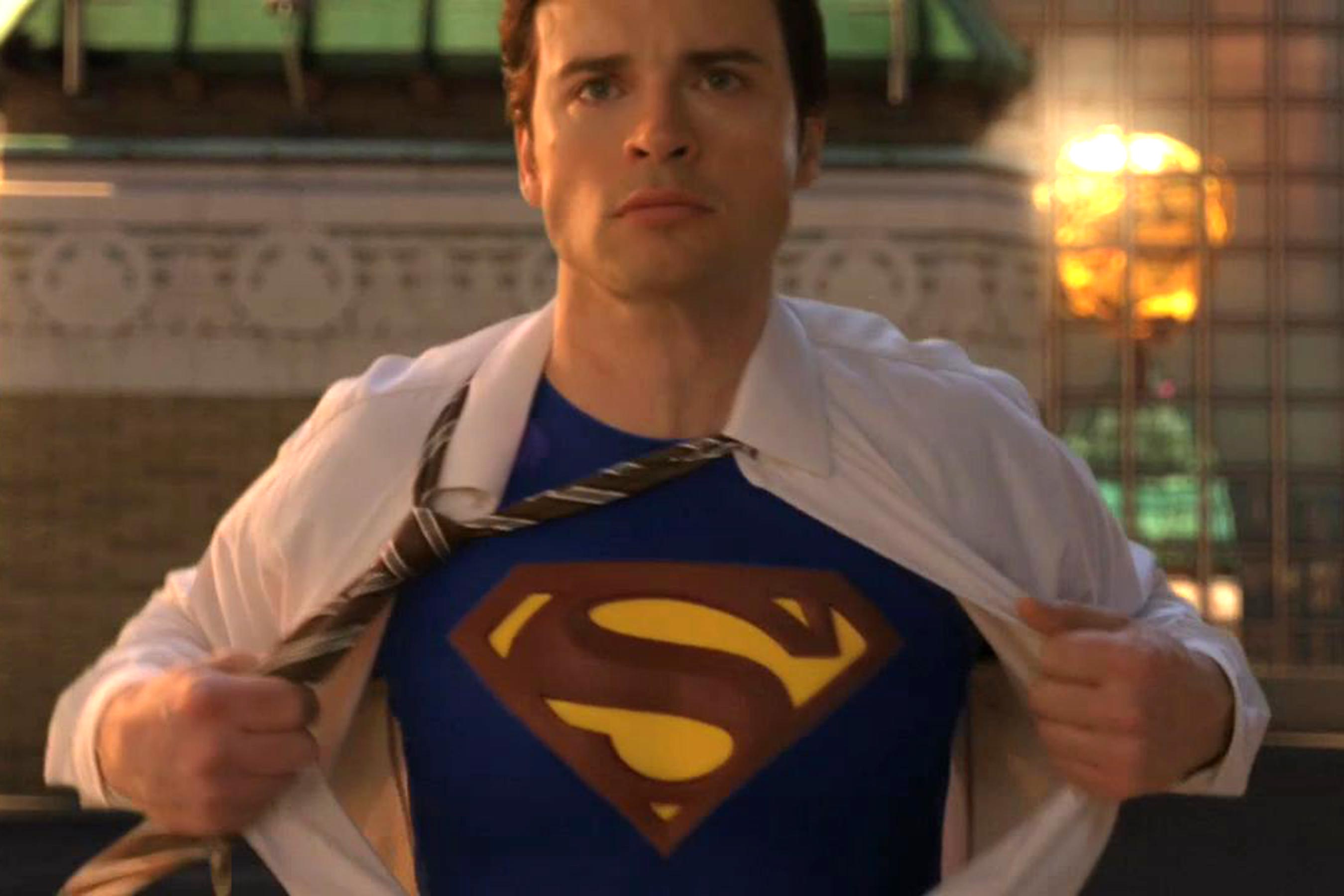
The first season, in retrospect, felt like a crapshoot because nobody had ever done something like this with a well-known superhero before. Every week you’re asking yourself when is he going to fly or when Lex, his new best friend, will go evil and turn on him. What solidified the series’ relevance for me and got more to tune in was in season two’s episode “Rosetta” where Clark is introduced to the character of Dr. Virgil Swan, who opens the doors to his knowledge about Krypton. And who better to portray that character than the legendary man of steel himself, Christopher Reeve. Right before my eyes, I saw both the old generation passing the torch on to the young generation with the epic John Williams Krypton score in the background mixed in with the Superman March.
That episode ended on a good cliffhanger involving the spaceship and Jor-El’s hidden, cryptic message inscribed within; Jonathan – perfectly played by John Schneider – is consoling and hugging his adopted son to assure him that he is not here to do harm but to be a beacon, and yet you see the same concern and confusion in his eyes that matches Clark’s. Neither of them know which way this is going to go at that point, and that’s what sells the series more so than anything else.
But what also made that show work was the first seven-year decision to bookend Clark’s journey towards his destiny with that of Lex Luthor’s, Superman‘s arch-nemesis. Portrayed by Michael Rosenbaum, Lex was written as an initially privileged, morally ambiguous young man whose only chosen anchor from going over to the dark side was his newfound friendship with the boy who saved him. Michael even went the extra mile by having his head shaved every week to convey that sense of realism rather than wearing a bald cap.
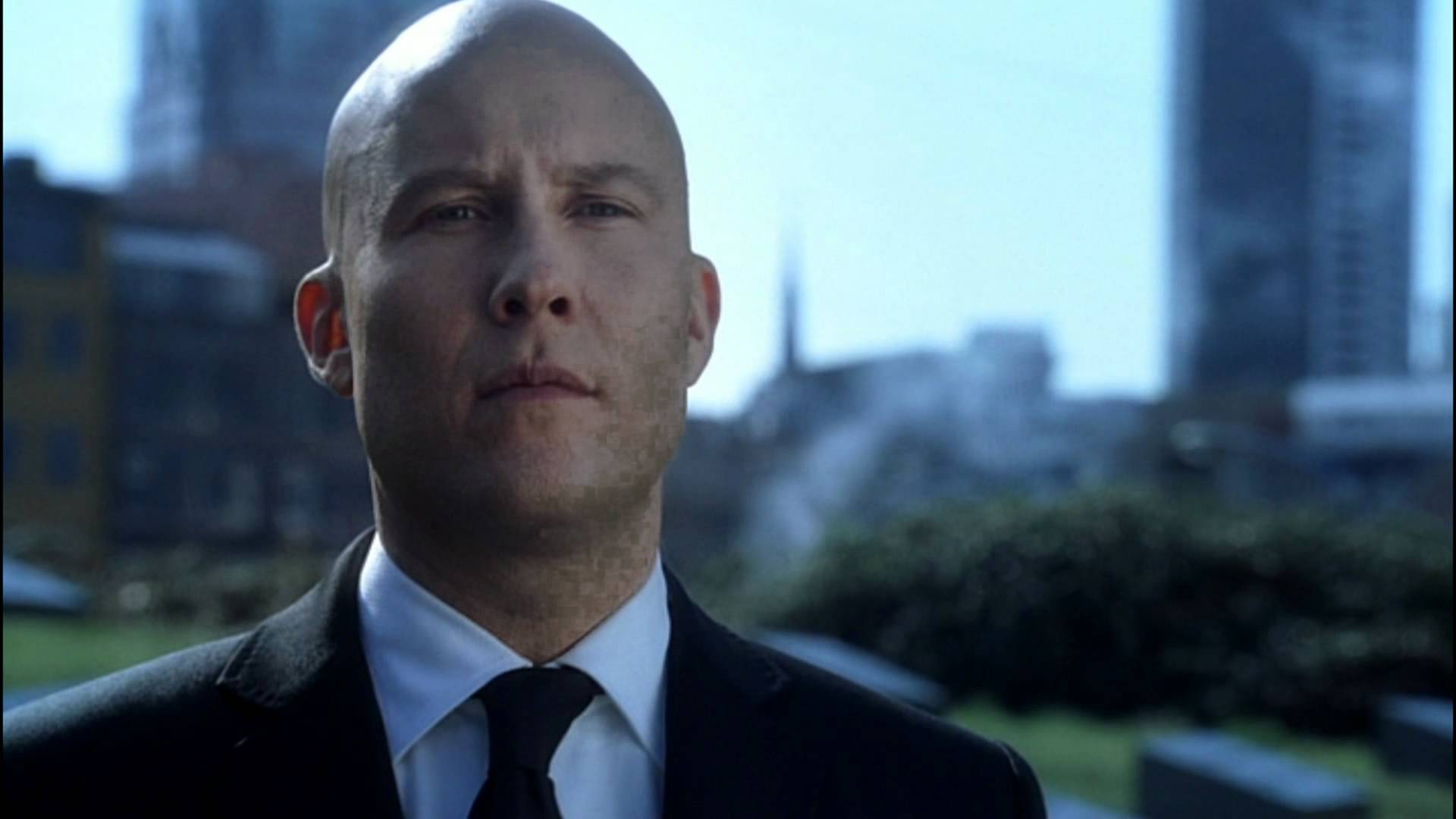
Soon, those who were scratching their heads as to what would make Lex turn were suddenly hoping that Lex would not. The best example of this is an episode entitled “Lexmas,” in which Lex is shot and is offered, by his mother’s spirit, a future vision of what his life would be like if he left his tyrannical fathers legacy behind him: marriage and family with Lana Lang, his damaged brotherhood with Clark repaired, and the much-sought after respect of Jonathan Kent earned. And yet, when that vision ends with Lana dying during childbirth, Lex awakens and gives in to his darker impulses, seeing money and power as the only way to secure happiness and avoid that pain. When you see that last shot of the ghost of his mother looking at him in disappointment, your heart sinks. Beyond seeing him later murder his own father, you knew that Lex had become too damaged at that point to find the strength to pull himself back.
The influence of that approach to Lex could be felt in Geoff Johns’ treatment both in the regular books as well as in his own miniseries with artist Gary Frank, Superman: Secret Origins. Even though the audience was robbed of seeing Tom in the full suit in the series finale, you felt a sense of completion in that last shot of him opening his shirt and revealing the iconic crest with the Superman March in the background.
Fans of such shows as Arrow, The Flash and more recently Supergirl, can thank Smallville for all its moments of innovations and missteps for their continued popularity and overall relevance on the CW. It showed that superhero series could be taken seriously and establish a following with both fans of the comics and those of just good TV. If anything, the series did the same as the previous media example did: it made Clark Kent as relevant as Superman.
Again the question remains: who is Superman to me?
Then came the lowpoints of the New 52. Using Flashpoint as a catalyst, new DC heads Dan Didio, Geoff Johns, and Jim Lee decided to revamp the entire line of the DC universe and presented us with a Superman that had not been seen before. Further, a character that was barely relatable or even recognizable to those who grew up in the 70s, 80s, and beyond. No longer married to Lois, and at the start of his crime-fighting career, we see a Superman running around in a blue T-shirt, blue jeans, and work boots with an indestructible cape that could only initially leap tall buildings like in his golden age incarnation.
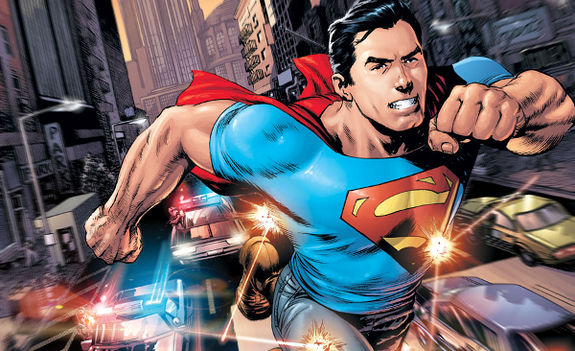
Grant Morrison’s take on the Man of Tomorrow did away with the Big Blue Boy Scout and replaced him with a social reformer who went to extremes like scaring a corrupt political figure nearly to death by throwing him off a building only to catch him at ground-level to get a confession. Then, he is given the upgraded uniform, which is a Kryptonian armor that embodied the colors and crest of whichever family member was wearing it and vanish on mental command.
Then, Geoff Johns’ Justice League suspended the Lois and Clark romance and replaced it with a relationship with Wonder Woman, a concept played with by Dark Knight Returns scribe Frank Miller, yet never attempted in regular continuity. Not even the inclusion of new powers like the solar flare, making pre-Flashpoint Superman a legitimate dimension in the DC multiverse, or stripping him of his powers could make up for the evisceration of a classic.
To me, Superman had become something on the level of a car that keeps breaking down no matter how many times it’s been on a hoist. You could change the oil, but this was a concept car that was failing to take off and it was turning away readership.
No, this was not Superman to me, although my true answer remains undisclosed at this point.
The one saving grace during this period was 2015’s Man of Steel, starring Henry Cavill as Clark Kent. Directed by Zack Snyder with the new score by Hans Zimmer, this take on the character, in time for his 75th anniversary, blended elements from all of the previously mentioned incarnations and more. This was an adult Clark Kent still trying to find his place in the world. He wasn’t trying to stand out, but rather stay in the shadows as his father had warned him. This first story with Henry in the title role featured a Clark that was still coming to grips with his origins, wearing a piece of alien metal around his neck that he did not know what to make of, and burdened lifelong by powers that seemed frightening to him more so than anyone else. When he finally steps out of the Kryptonian ship that gives him both his answers and his suit, you’re there with him as he attempts his first flight. You feel chills when you see that expression of exuberance and the feeling of freedom, like a heavy iron vest has been taken off of him.
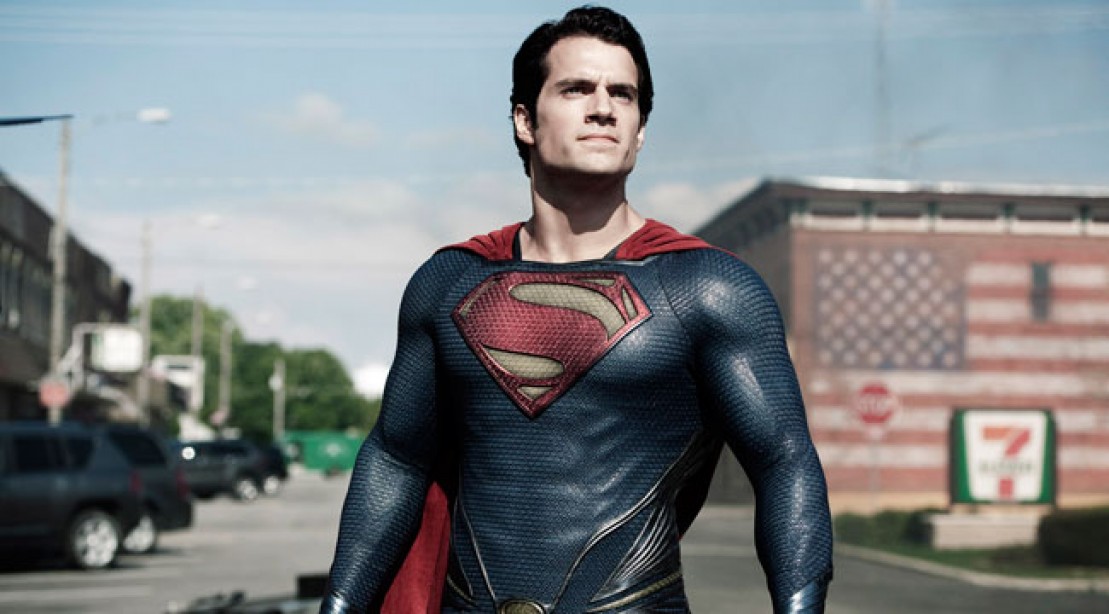
I recall seeing a video online of a toddler being shown this sequence by his father. As I watched his awe and wonder, I remember that same feeling of excitement when I first saw Christopher Reeve take off in the Fortress after Jor-El’s training is complete back in 1978. The only thing I did not agree with in that movie is the amount of devastation caused during the final battle in Metropolis, although this was addressed in the sequel. Further, I don’t believe that the Catch-22 that General Zod presented to Clark in that last fight could only have been resolved with Clark snapping his neck. Superman does not kill. Period. Five years later, and I still stand by that opinion. If, with regards to characterization, it helps him develop his code against killing, fine. But I don’t believe that the neck snap was the only way to stop Zod.
Again, who is Superman to me?
In 2016, DC Comics made the smart move in resurrecting the pre-flashpoint Superman to replace the New 52 as part of their Rebirth line of books. Legacy had returned to the world of DC, and with it the real Man of Tomorrow. When that decision was made, to me it felt like the return of a legend that I had grown up with. This felt like Superman. The reckless 20-something wannabe had literally bit the dust and in his place the true legend emerged to retake his throne. That first shot of Jim Lee’s take on the redesign was spot on: the hair was right, the crest was perfect, and the costume blended both new and classic elements. Now Clark and Lois had a son together, appropriately named Jonathan. The idea of the super family has resurrected without any flimsy or farcical elements. All my life, I saw Clark as a father figure, and it did my heart good to see they had finally gotten the family that he wanted and a chance to be a dad for real. It also gave him a chance to relate to Bruce Wayne more so as a brother, who had always been a father figure to many, and more recently a biological one.
Besides the feelings of nostalgia, what solidified the character for me is a very recent story. In Superman #39, written by Peter Tomasi, Clark takes an entire wing of kids diagnosed with terminal cancer on a field trip to The Watchtower. Once there, they get to hang out with the Justice League, be it zooming around in their wheelchairs via The Flash, marvelled by Cyborg’s tech, or even enduring Batman’s antisocial behavior. They spend an entire day on a scavenger hunt and even manage to make ol’ Bats smile at an undisclosed joke. But the conclusion of the story really hit a nerve with me.
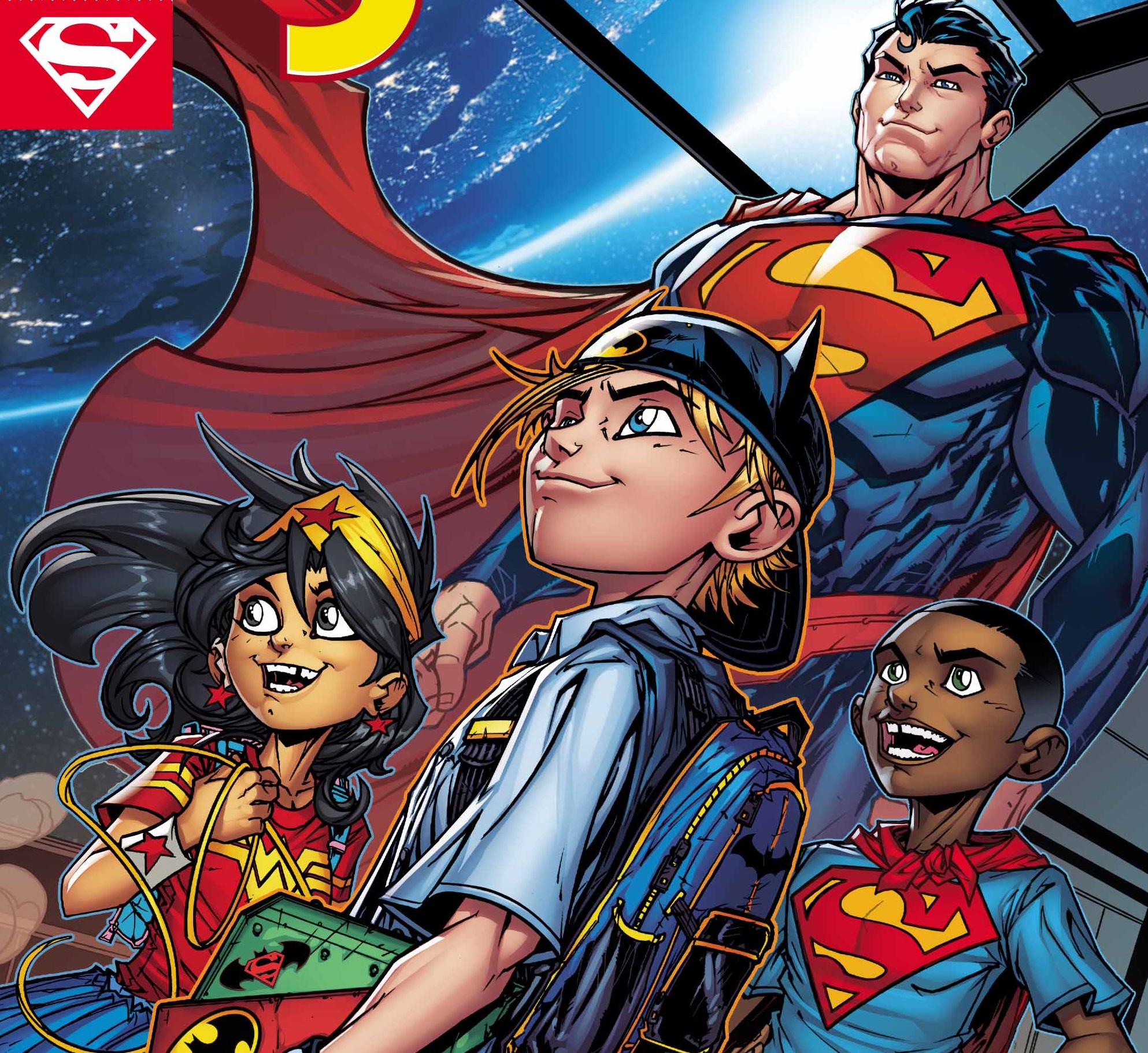
The kids visited the surface of the moon in space suits and wrote their names on rocks on the surface. Superman had them leave their rocks on the moon so that when they’ve…gone, there would be something left behind for all time. I, in recent years, lost somebody special to me to cancer. Regardless of how complicated things got, I never wished anything like this happening to her. Her passing two years ago nearly destroyed me. That last day spent together a year before it happened was brought to mind as I neared the end of the issue. That last shot of the entire group enjoying the view of the Earth and one kid asking Clark if they could stay a little longer, to which Clark consented using a moniker I reserve for my sister, got me choked up. Even writing this, I still get choked up.
There are dozens of examples of superman stories that stand out for me. I have outlined the best in this editorial, in my mind. Each of them has contributed to my personal definition of who superman is. But as I am thinking about it, there is one more that I have not covered: Paul Dini’s Superman: Peace on Earth, painted by the legendary Alex Ross, in this gigantic tabloid sized book. We see Superman during the holiday season trying to figure out a way to end world hunger. Of course, he fails, because this is a real life global issue that cannot be resolved so easily. It was that very same mentality that, back in World War II, made the notion of superman invading Germany and taking Hitler, and later Stalin from Russia, before a tribunal, farcical and insulting to soldiers both fighting and fallen.
The gravitas and beauty of Alex’s brushwork and use of light and shadow are best conveyed in a splash image of Superman partially dressed as Clark, brooding in his chair. You feel the weight of the world on his shoulders and on his mind. But it is also in Paul’s writing we find what I think is a simplistic yet powerful notion that gets at the heart of the character. It’s a notion that is taught to him by his father in a flashback, and then he does this himself as an adult to a group of school kids visiting the Kent farm. He’s teaching them how to seed a field and telling them that “not every seed will make it, but every one deserves a chance to grow.” Those words alone carry immense connotations about humanity itself. That last shot under that line of him, or rather his hand spreading seeds as they float in the air feels almost as inspiring as seeing him soar above the earth.
So, now we come to the final answer to this question that has circulated throughout these paragraphs. Hero? Yes. Mild-mannered reporter with coke-bottle glasses and a goofy tie? Yes. A loving husband and father? Unquestionably. The superhero archetype? Without a doubt. Legend? To doubt that would be to doubt oxygen exists. A pop culture phenomenon? When done with respect to the source material, yes. One of my favorite subjects to try and struggle to get right on the page as an artist myself? Damn right. But the question remains still: who is Superman to me?
He is us when we find the light within ourselves to show the way. And all one must do to find that light is just look up. To borrow a line used by Geoff Johns in Superman: Secret Origin, “We don’t always see him, but we always know he’s there.”
Happy 80th Anniversary, Clark. And thank you for always being my friend.